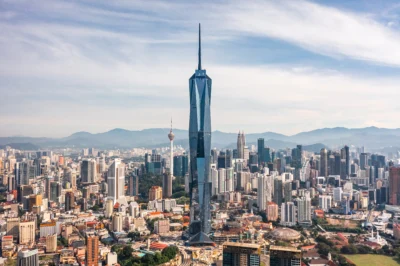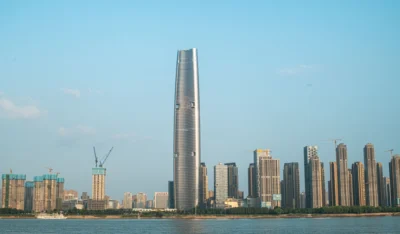Philippine real estate soars by navigating post-COVID momentum and strategic shifts
Manila’s office rebound, luxury residential surge, and Colliers’ insights predict future growth trends

The Philippine real estate sector is currently on an upward trajectory in 2023, benefitting from the post-COVID momentum and the expansion of outsourcing and leasing activities. A press conference by Santos Knight Frank revealed that Manila’s office occupancy rate has notably rebounded to 80 percent, showcasing a marked improvement from the previous year’s low point.
In the luxury residential sector of Manila, there has been a remarkable surge in prices, marking the fastest growth globally at 21.2 percent. This growth is attributed to robust investor confidence during the current administration. Concurrently, the country’s GDP saw a significant increase of 5.9 percent in Q3, with notable foreign investments in sectors such as Electronics, Manufacturing, and IT services.
In the realm of office spaces, companies are strategically planning for the future, with 87 percent intending to adopt an office-centric model over the next three years. The desired office amenities include food and beverage offerings, mental well-being support, and gym facilities. Meanwhile, in the retail sector, the phenomenon of “revenge spending” has bolstered consumer expenditure, impacting the logistics sector. Warehouse lease rates in Manila experienced a substantial 30 percent surge in the first half of 2023, the highest in the Asia Pacific region.
Related: The Philippines’ resilient real estate sector beckons investors
According to the Manila Bulletin, Colliers anticipates further growth in office and residential properties in the National Capital Region (NCR) by 2024. This is expected to be fueled by the gradual return to on-site work as the impact of Covid-19 diminishes. The forecast includes a projected 3.2 percent rise in rents by the end of 2023, emphasising improved leasing in major business districts such as Makati CBD and Ortigas Center.
Despite completing only two projects in Q3, Colliers expects a substantial increase in new residential units, totaling 9,620, by 2024, with a significant portion located in the Bay Area. The demand for residential properties is attributed to returning expatriates seeking larger units in proximity to workplaces and international schools. Recognizing this trend, Colliers suggests that developers explore leisure-oriented properties outside Metro Manila to meet the rising demand post-pandemic.
In the office sector, the report notes an 18.7 percent increase in vacancy in Q3, with supply continuing to outstrip demand, leading to elevated vacancy levels expected in 2024. To address this, the report recommends a shift towards flexible workspace options and increased landlord engagement events to rekindle the appeal of returning to physical offices.
The Property Report editors wrote this article. For more information, email: [email protected].
Recommended
6 developments driving Asia’s green real estate shift
Developers are being incentivised to push a green agenda into daring new realms
The Philippines’ LIMA Estate drives sustainable industrial growth
LIMA Estate models a citywide vision that uplifts workers while appealing to climate-conscious employers
Malaysia property market rebounds with foreign interest and growth
The nation’s property market is stirring to life, fuelled by foreign buyers and major infrastructure drives
China’s renewable energy surge redefines housing norms and development
From exporting solar panels to building entire green-powered neighbourhoods, China’s renewable surge is redefining housing norms







